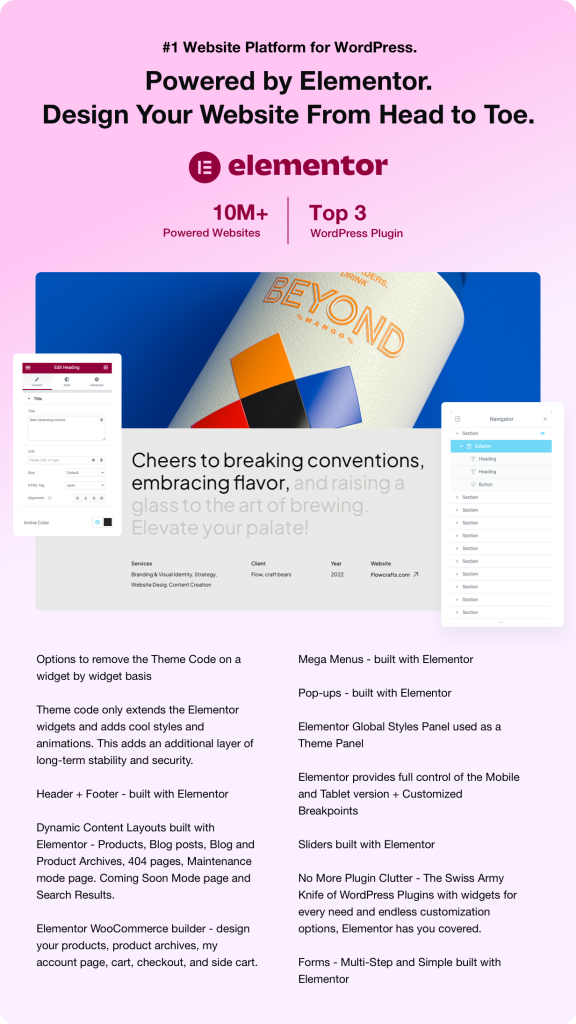In recent years, there has been a noticeable shift in the landscape of technology, particularly with the emergence of Autonomous Operating Systems (AIOS). These systems integrate artificial intelligence (AI) to manage devices and platforms without human intervention. This article delves into the trends, updates, and industry applications of AIOS, focusing on their impact on the Internet of Things (IoT) and education technology.
## **Understanding Autonomous Operating Systems**
Autonomous Operating Systems are software frameworks powered by artificial intelligence that enable seamless operation of devices and applications with minimal human interaction. They utilize machine learning algorithms to learn from the environment and adapt their functionality according to real-time demands. This leaves humans free from managing mundane tasks, paving the way for innovation and improving efficiency across various industries.
The concept of AIOS is rooted in the ability to interpret vast amounts of data, recognize patterns, and make informed decisions. With the proliferation of IoT devices, which often function on a large-scale network of interconnected devices, AIOS emerges as a perfect solution to address the unique challenges posed by such an ecosystem.
## **AIOS in the Realm of IoT**
The Internet of Things (IoT) is revolutionizing how industries function, from manufacturing to healthcare. The autonomous management capabilities of AIOS allow organizations to harness the full potential of IoT systems. According to a report by McKinsey, IoT technology could create up to $11 trillion in economic value by 2025, and Autonomous Operating Systems will play a crucial role as catalysts for this growth.
### **Improved Efficiency and Reduced Management Challenges**
IoT networks often consist of thousands of interconnected devices, generating massive volumes of data in real time. For instance, smart cities equipped with sensors for monitoring traffic, energy consumption, and other metrics require a robust management system. AIOS can process and analyze data at lightning speed, making real-time operational adjustments. This significantly reduces the complexity of managing numerous devices and systems simultaneously.
For example, in smart agriculture, AIOS helps farmers optimize resource usage like water and fertilizers, leading to better crop yields while minimizing waste. Systems equipped with AIOS can automatically analyze soil conditions, weather forecasts, and market demand to suggest the best planting strategies.
### **Enhancing Security Protocols**
As IoT devices proliferate, so do the risks associated with cybersecurity. AIOS can continuously monitor network traffic for anomalies, predicting and mitigating potential threats in real time. With the incorporation of advanced machine learning techniques, these systems can learn from past incidents and adapt their security measures accordingly.
According to a research report by Cisco, an estimated 27 billion IoT devices will be connected to the internet by 2030. AIOS can implement proactive security protocols to safeguard vast networks, ensuring that data and assets remain secure.
## **AIOS in Education Technology**
The integration of Autonomous Operating Systems into education technology is also gaining momentum. The shift to digital classrooms and online learning environments necessitates innovative solutions to support educators, students, and administrators alike.
### **Personalized Learning Experiences**
AIOS empowers educators with tools to create personalized learning experiences tailored to individual students. By analyzing student performance data and learning patterns, these systems can recommend resources, adjust lesson plans, and provide students with feedback in real time.
For example, platforms such as Carnegie Learning utilize AI-driven systems to adapt to students’ learning speeds and styles, offering them a customized educational route. As a result, students feel more engaged and invested in their learning journey, often leading to improved academic outcomes.
### **Streamlining Administrative Tasks**
Administrative burdens in educational institutions can detract from the vital work of teaching. AIOS can automate numerous tasks, from enrollment processes to grading and scheduling. This automation not only saves time but also reduces the likelihood of human error.
With tools like chatbots, AIOS can handle student inquiries about enrollment, class schedules, and course offerings, freeing up administrative staff to focus on more complex tasks. As an example, the University of California employs AI to streamline its admissions process, resulting in faster responses and enhanced student experiences.
## **Industry Use Cases of AIOS**
### **Manufacturing Industry: Predictive Maintenance**
In the manufacturing sector, AIOS applications are revolutionizing maintenance strategies. By incorporating machine learning and IoT sensors in machinery, companies can predict failures before they occur.
Take GE’s Predix platform as an example. It employs AI to analyze data from machinery and can forecast when maintenance is due on equipment. This proactive approach significantly reduces downtime and costs associated with unexpected machinery failures.
### **Healthcare Sector: Remote Patient Monitoring**
AIOS advancements in healthcare have empowered professionals with tools for remote patient monitoring. Equipped with IoT devices, patients can be continuously monitored, allowing for real-time adjustments to treatments while minimizing the need for frequent hospital visits.
For instance, Philips’ remote monitoring systems utilize AI to analyze patient data collected through wearable devices. Clinicians can receive alerts on compromising health metrics and act accordingly, ultimately resulting in improved patient outcomes.
### **Smart Cities: Optimized Traffic Management**
In smart cities, AIOS plays a vital role in traffic management systems. Utilizing real-time data from cameras and IoT sensors, AIOS can optimize traffic light patterns, reducing congestion and improving overall transportation efficiency.
The city of Barcelona, for example, implements AI-driven systems to manage traffic flow and public transport schedules. This approach has not only minimized delays but has also contributed to a more efficient urban environment.
## **Technical Insights into AIOS Implementation**
Implementing AIOS solutions requires careful consideration of architecture, data integrity, and security measures. Organizations must ensure their infrastructure can handle the massive data flows associated with IoT applications.
### **Scalability**
When designing AIOS solutions, scalability must be prioritized. Systems should be capable of accommodating an increasing number of devices without the loss of performance. Utilizing cloud computing and edge computing can help manage the complexity and foster efficiency.
### **Data Privacy and Compliance**
With increased connectivity, data privacy and regulatory compliance become paramount. Organizations must ensure their AIOS systems comply with pertinent regulations such as GDPR or HIPAA in healthcare. Employing strong encryption and anonymization techniques is essential part of safeguarding sensitive information.
### **Interoperability**
For AIOS to function effectively across diverse applications, interoperability among devices is crucial. Adopting open standards and protocols fosters seamless communication and compatibility among various devices installed within an IoT ecosystem.
## **Conclusion**
The integration of Autonomous Operating Systems is set to transform industries through enhanced efficiencies, improved security, and tailored solutions. The interplay of AIOS with IoT and education technology presents unique opportunities that can lead to significant advancements in processes, solutions, and user experiences.
As organizations continue to adapt to digital transformations, the potential of AIOS will undoubtedly expand, emphasizing the need for skilled professionals who can navigate this new technological landscape. The future promises greater synergy between AIOS and other emerging technologies, suggesting exciting possibilities for industries worldwide.
## **Sources**
1. McKinsey & Company. (2020). “The Internet of Things: Capturing a $11 Trillion Economic Opportunity.”
2. Cisco. (2021). “The Internet of Things and Security: A Call to Action.”
3. Carnegie Learning. (2022). “Transforming Learning with Adaptive Technology.”
4. GE. (2019). “How Predictive Maintenance Is Making Industries Smarter.”
5. Philips. (2022). “Remote Patient Monitoring: The Future of Healthcare.”
6. City of Barcelona. (2020). “Smart Traffic Management: Enhancing Urban Mobility.”




















